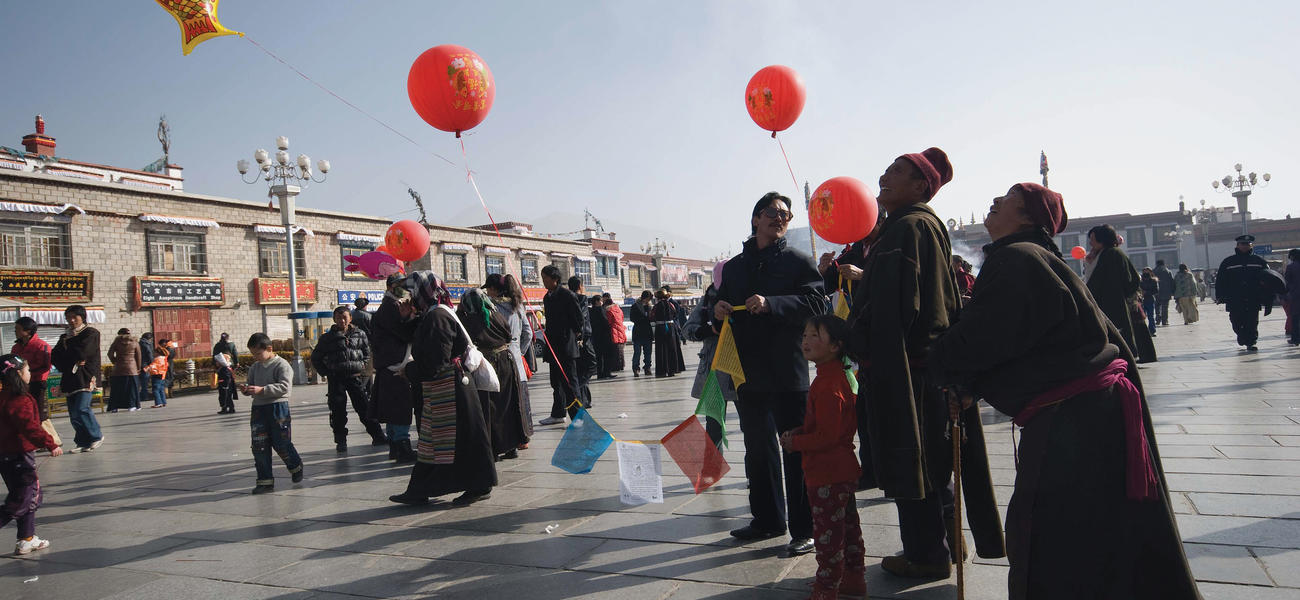I am interested in the role of city space in the modernisation of Tibetan areas of China. My research concentrates on the built environment as it relates to the lifestyles and cultural affinities of city residents. Although my project concentrates on Lhasa, it was essential for me to view and make comparisons with other urban centres in Tibetan areas of China to get a better sense of the way in which urban development affects cultural space. The Trace Foundation Research Fellowship allowed me to travel to Xining, Kyigudo (Yushu), Kunming and Gyeltang (Shangri-la), as well as return to Lhasa to check on a variety of planned (and unplanned) development zones.
Differences in scale are clearly important in these towns, but each in its own way serves as a node of modernity within a predominately rural area. The urban form exerts similar pressures towards professionalisation, commodification and standardisation regardless of location. However, local habits, lifestyles, and priorities seem to assert themselves despite attempts at regularisation, development or control. Appearances are always deceptive, but small things betray larger patterns.
The concrete high-rises that look so cold and grey from the Xining railway station hold bustling noodle restaurants in which Tibetans from all over Amdo converge to discuss the new Hollywood blockbuster and the price of mastiff puppies while slurping their Muslim noodles. The fancy street-lights in Kyigudo don’t actually work in the evening but this doesn’t stop nomads from stumbling around the main square under protection of the massive new Gesar statue. Somehow it seems like those from Nangchen walk differently than those from Zatok, but it is hard to explain how. In Gyeltang, a.k.a Zhongdian, now called “Shangri-la,” young women from Shenzhen dress up in Naxi dress and say that they are “Tibetan” while selling jewellery made in Nepal. The old buildings were built last year and the new buildings are already falling apart. Lhasa, of course, is “lha’i-sa”—the place of gods—and we come from all over the world searching for this celestial sphere only to find Tibetans sending their prayers with plastic balloons off to some other realm.
The tempo of change in these towns is disorienting. It is not only “Chinese” and “Tibetan” differences, but a range of habits, lifestyles, and customs from different Tibetan areas and different social classes combine with a variety of national and global influences to make these supposedly isolated areas centers of cultural hybridity and change.
Kabir Mansingh Heimsath was awarded a Trace Research Fellowship in 2009 to complete partial fieldwork for his PhD thesis on “The Urban Space of Lhasa” in social anthropology at the University of Oxford.

